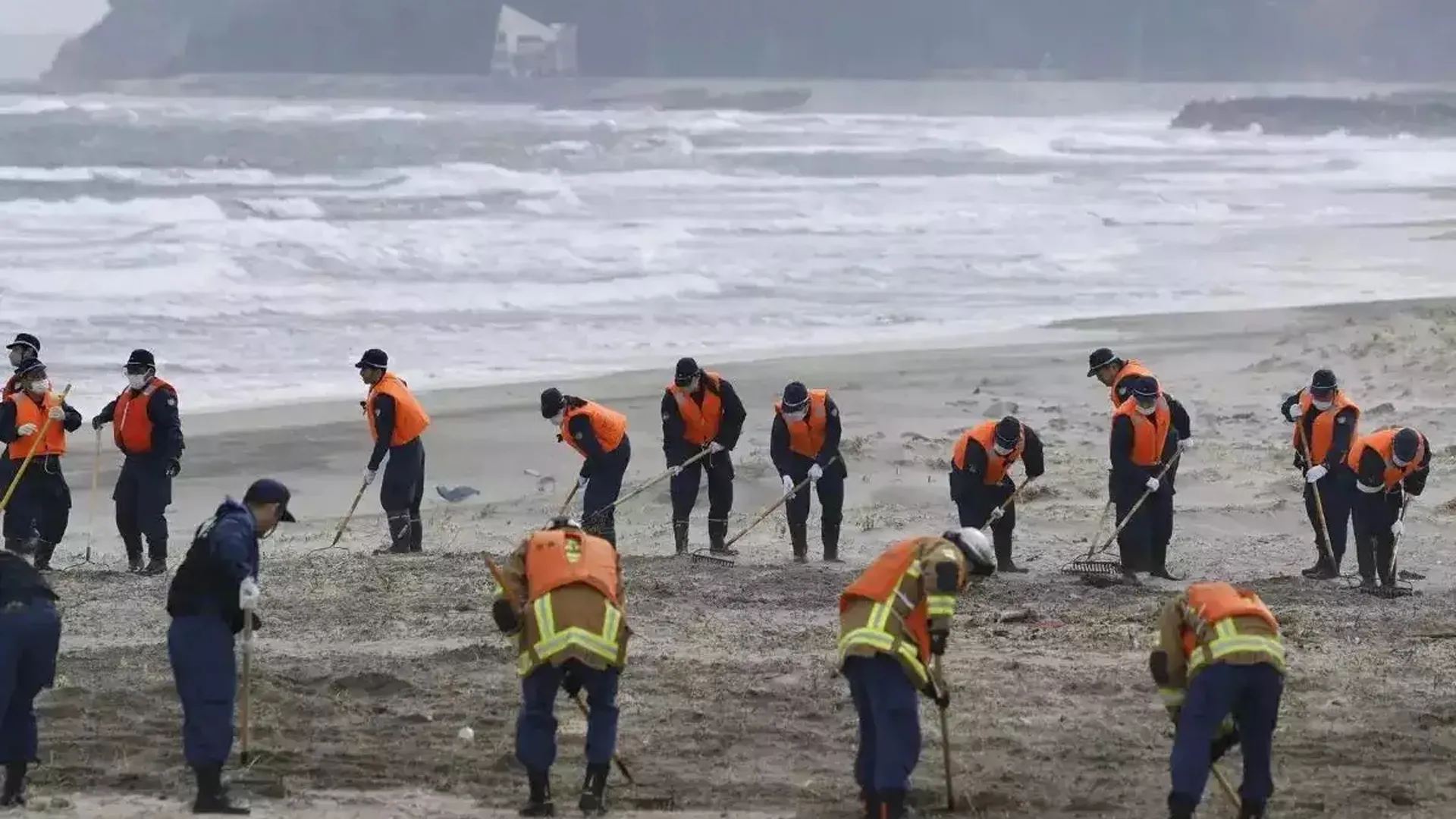landA major earthquake measuring 7.1 struck the Tonga Islands on Sunday, according to the United States Geological Survey (USGS). The shallow earthquake was 90 kilometers (56 miles) southeast of Pangai, prompting tsunami warnings for Tonga and the island nation of Niue.
The US Tsunami Warning Center indicated potential tsunami waves of 0.3 to 1 meter above tide level along parts of the coasts of Niue and Tonga. The center previously advised that “hazardous tsunami waves from this earthquake are possible within 300 kilometers of the epicenter along the coasts of Tonga.”
Tongan authorities quickly called on residents to stay away from beaches and coastlines. The Tonga National Disaster Risk Management Office posted a message on Facebook, “People residing in the low-lying coast areas, evacuate to higher ground or inland areas.”
No Early Damage or Injury Reports
Despite the intense shaking, there have been no initial reports of major damage or loss of life. Authorities are on the lookout and continue to monitor the situation while assessing potential threats to infrastructure and populations within the affected area.
Tonga: A Region Prone to Seismic Activity
Tonga, a Polynesian kingdom in the South Pacific, comprises over 170 islands featuring stunning white sandy beaches, coral reefs, and tropical rainforests. It lies more than 3,500 kilometers (2,000 miles) east of Australia’s coast.
The area often experiences earthquakes due to its position on the Pacific Ring of Fire—a region characterized by high tectonic activity running from Southeast Asia to across the Pacific basin. Tonga’s low-lying topography makes it especially susceptible to tsunamis and earthquakes.
Recent Seismic Activity in the Region
This earthquake is a follow-up to a string of seismic activities in the South Pacific. Just last week, on Friday, a huge 7.7 magnitude earthquake hit Myanmar close to Mandalay, collapsing structures and destroying key infrastructure, such as the city’s airport.
With the recent shaking in Tonga, authorities are closely monitoring seismic activity in the area, providing residents with up-to-date information and cautionary measures to ward off possible danger.










